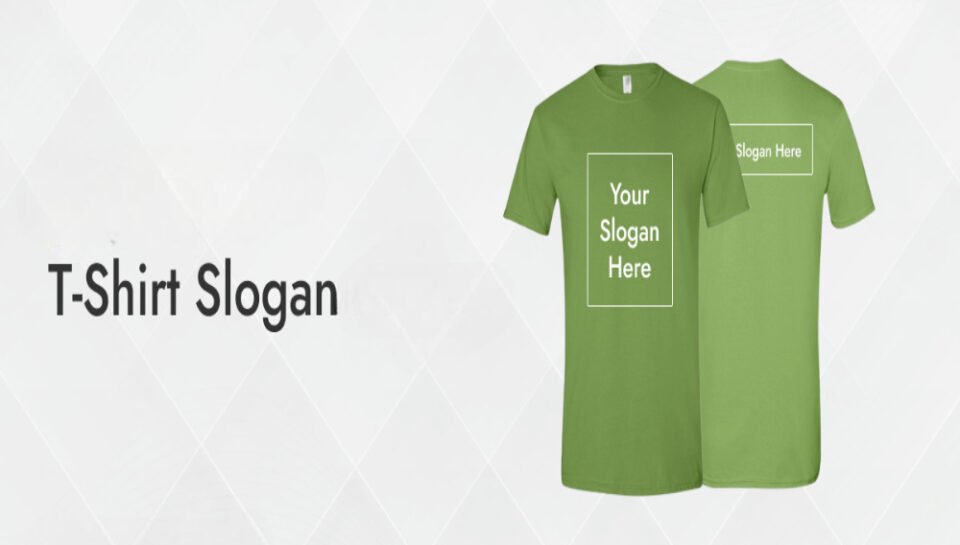
What slogans, symbols, or messaging themes are most effective in regional or multilingual t-shirt designs?
Cultural and Language Relevance
- Slogans in regional languages like Hindi, Tamil, Bengali, or Marathi create instant connection.
- Common phrases, proverbs, or idioms resonate strongly with local audiences.
- Use of native scripts makes the design visually authentic and emotionally appealing.
- Playful or clever wordplay in local dialects boosts relatability.
- Translations are carefully adapted to maintain tone and meaning.
Identity and Pride Messaging
- Themes around regional pride, city names, or linguistic identity are highly effective.
- Popular slogans focus on hometown love, local festivals, or traditional expressions.
- State or city-based nicknames and hashtags support personal identity.
- Minimalist symbols like state outlines or cultural motifs add subtle messaging.
- T-shirts act as wearable expressions of belonging and heritage.
Symbolism with Local Elements
- Visual icons like landmarks, food items, instruments, or attire are widely recognized.
- Graphic patterns inspired by regional textiles or art styles enhance authenticity.
- Flag colors, religious motifs, or community symbols may be used respectfully.
- Simple silhouettes of cultural objects or nature elements enhance the design.
- Icons are often combined with localized typography for hybrid appeal.
Festive and Seasonal Appeal
- Messages tied to major regional festivals like Pongal, Bihu, or Ganesh Chaturthi perform well.
- Custom phrases linked to holiday spirit or traditional greetings are popular.
- T-shirts become part of event outfits or gifts during regional celebrations.
- Designs reflect the celebratory tone, using bright colors and festive fonts.
- Symbols like lamps, lotuses, or drums are often integrated into the artwork.
Humor and Youth-Centric Expression
- Regional slang and pop-culture references create a fun and trendy vibe.
- Catchphrases from local cinema, stand-up, or social media are highly shareable.
- Humorous phrases are often written phonetically to mimic pronunciation.
- Youth audiences engage more with bold, witty, or rebellious taglines.
- Icons like hand gestures, speech bubbles, or emojis support visual humor.





